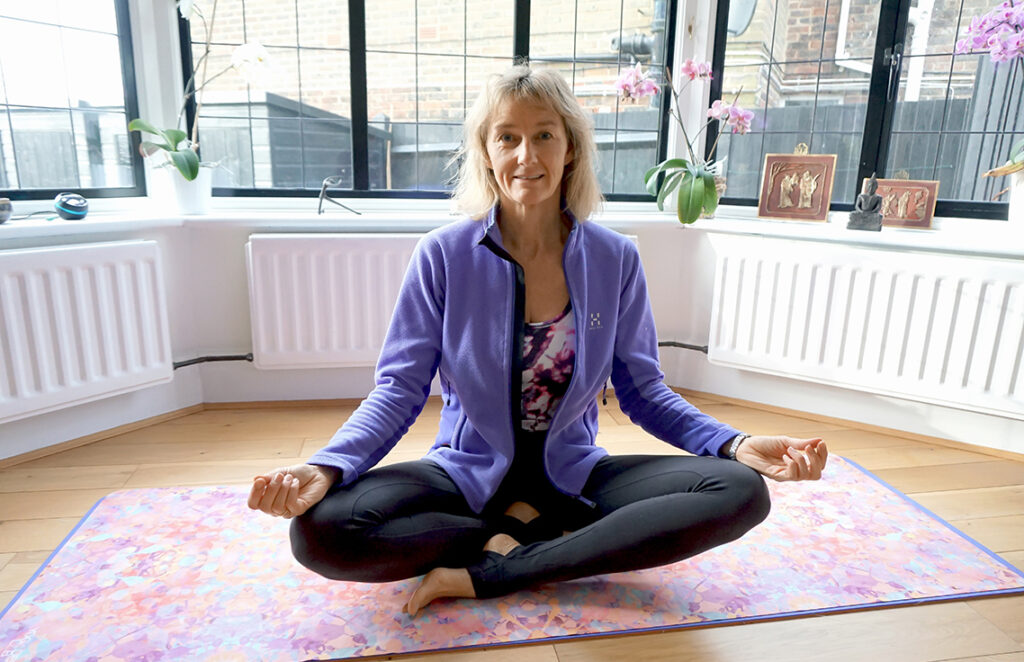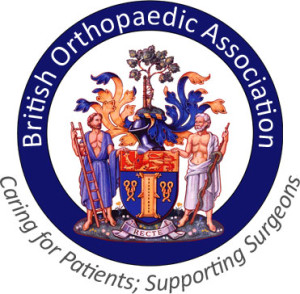Arthroscopy
(keyhole surgery)
Arthroscopy is a minimally invasive technique that helps us to see inside your joint to investigate and repair any damage.
- Diagnose a wide range of conditions
- Avoid more invasive surgery in the future
- Return to daily activities within 1–3 weeks


Bill’s hip replacement
Wendy’s hip arthroscopy
Karin’s hip arthroscopy
Karin’s hip arthroscopy
The hip and knee specialist
Arthroscopy involves inserting a thin fibre optic scope through a small incision into your joint. Mr Shah can then diagnose, and usually repair, any damage – without the need for more invasive surgery.
We can investigate and treat a wide range of conditions using arthroscopy, including early arthritis, sports injuries and soft tissue injuries. Typical symptoms include pain, inflammation, restricted movement and instability.


One-step diagnosis and repair
Arthroscopy is usually performed under a general anaesthetic, so you’ll be asleep during the procedure. Using an arthroscope, which is just a few millimetres wide, the inside of your joint will be projected onto a screen.
Mr Shah will look for signs of damage to your bone or cartilage, and in the case of knee arthroscopy, your ligaments, too. In most cases, any damage that’s found can be treated there and then, using thin instruments inserted through one or two small incisions.
Some of the treatments Mr Shah can carry out through arthroscopy include the repair of torn ligaments, and the removal of damaged cartilage, inflamed tissue and loose fragments of bone.
It was a great relief to meet Mr Shah
- Karin Fast
Getting you back on your feet fast
The benefits of arthroscopy over more invasive procedures include less swelling and discomfort, reduced scar tissue and a shorter recovery period. In many cases, it also avoids the need for a second operation, along with any associated risks or downtime.
Arthroscopy is normally carried out as a day case, and you will be able to go home on the same day as your procedure. Most patients return to work and resume daily activities within a few weeks. You’ll be able to take part in more vigorous activities around six weeks after your operation.

Start your journey
to a new lease of life
To ask us a question or arrange a consultation with Mr Shah, don’t hesitate to get in touch.
Frequently asked questions
Mr Shah will assess your symptoms, medical history and the condition of your joint to determine whether arthroscopy is the best option for you. Schedule a consultation to learn more.
In many cases, arthroscopy can address joint issues early, reducing the likelihood of needing more invasive surgery in the future.
Physiotherapy is often recommended after arthroscopy to aid recovery, strengthen the joint and restore mobility.
Most patients can return to work and resume normal activities within 1–3 weeks, depending on the type of work and the joint treated.
If you’re experiencing persistent joint pain, inflammation, restricted movement or instability that hasn’t improved with non-surgical treatments, arthroscopy might be an option. A consultation with Mr Shah can determine if it’s the right choice for you.
Arthroscopy is generally safe, but as with any surgery, there are some risks, including infection, blood clots or temporary joint stiffness. These risks are minimised by choosing an experienced surgeon like Mr Shah.
Scarring is minimal with arthroscopy because the incisions are small. This reduces the likelihood of significant scar tissue forming.
Yes, arthroscopy is typically performed as a day case, meaning you can go home the same day as your procedure.
Arthroscopy is minimally invasive and very precise, so there is minimal pain and scarring and a lower risk of complications.
Arthroscopy offers several benefits, including smaller incisions, less pain and swelling, reduced scarring, shorter recovery times and the potential to avoid more invasive surgery in the future.
Arthroscopy is usually carried out as a day case, so you can go home on the day of your procedure.
Most patients return to work and resume daily activities within 1–3 weeks. It will take approximately six weeks before you’re ready for more vigorous pursuits.
We’ll provide you with all your aftercare advice during your pre-operative assessment a few days before your surgery. On the day of your procedure, you’ll have the opportunity to go through this information again and ask us any questions. To keep a close eye on your progress, we’ll see you for two follow-up appointments.
Recovery times vary, but most patients return to daily activities within 1–3 weeks and more vigorous activities, such as sports, within six weeks.


